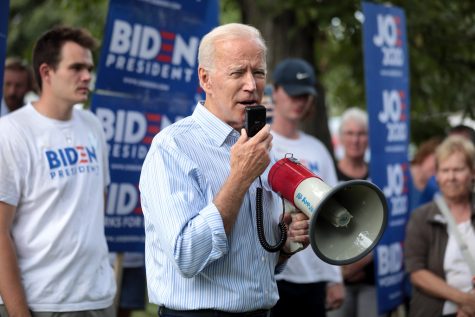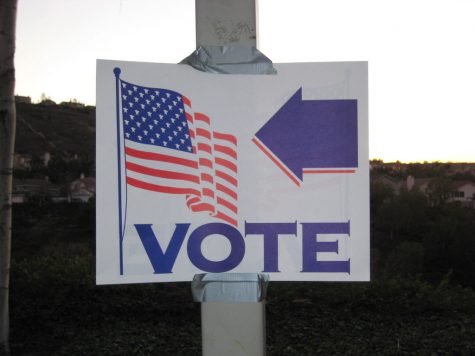COVID-19 Vaccine Overview
Photo Credit: John Campbell
March 26, 2021
Vaccines are relatively familiar to us, but the ones battling the current virus are very different. They have to cope with the severity of the pandemic and the short amount of time in which they need to be completed. Amazingly the companies currently making these vaccines have been able to accomplish all this, all while redefining how long it should take to create a vaccine.
As of February, two vaccines have been approved by the FDA – Pfizer and Moderna. The Pfizer and Moderna vaccines have a steady 95% efficacy rate and involve two doses over a three-to-four week period. Moderna may have an advantage over Pfizer since it does not have to be stored at ultra-low temperatures. Most pharmacies do not have freezers competent enough for Pfizer’s required temperature. Many other vaccines are in stage three clinical trial, and still others are awaiting approval from the FDA. However, many of these vaccines have been seen to cause harmful side-effects, thus impeding their trial. One such vaccine, AstraZeneca, has displayed intense side effects. These complaints came from the several European countries that approved it. Reported side effects from this vaccine include strong flu-like symptoms, intense fevers, and in a few cases, harmful allergic reactions. When contemplating about whether or not they should take the vaccine, people also consider long-term effects. Since these vaccines are brand new, studies cannot give us a detailed enough view of what long-term effects there could be. Additionally, some minority groups and people with certain infirmities were not used as test subjects or were underrepresented in the vaccine trials. Fortunately, many vaccine companies are working to broaden the scope of those they analyze.
The goal of vaccines is to use ‘herd immunity’ to control the spread of the virus. Herd immunity occurs when enough people become immune to a disease and spreading it becomes more unlikely. This allows the total virus content in a population to quickly decline even if not everyone receives the vaccine, as there will likely be some who oppose taking it. It also allows the process of decline to occur sooner, as not everyone needs to take it for the vaccine to be effective.
To complicate things further, the virus has now developed more potent mutations, making it more difficult for a vaccine to be effective. One prominent mutation is the South African variant, which seems to spread more easily and to be more resistant to vaccines. Several such cases have been reported in the U.S. To combat mutations, the CDC and other health organizations are closely monitoring the spread of these variants and adjusting vaccines and disinfectants to better counter them. Luckily, however, most mutations are generally harmless and may even cause milder symptoms than the normal variant.
Distributing the vaccine is another issue. Operation Warp Speed, initiated by the Trump administration, aims to speed up the development, manufacturing, and distribution of the vaccine. The administration provided over $18 billion and promised to aid several pharmaceutical companies with the mass production of their vaccines and in the trials for approving it. It is also aiding the Department of Defense for its supply, production, and deployment across the U.S. So far, around 12% of the U.S. population has been vaccinated, and the government plans to vaccinate everyone who wants it by the end of 2021. Since the first distribution of the vaccine, the number of new cases has gone down remarkably, giving hope that the pandemic could be over before long.












